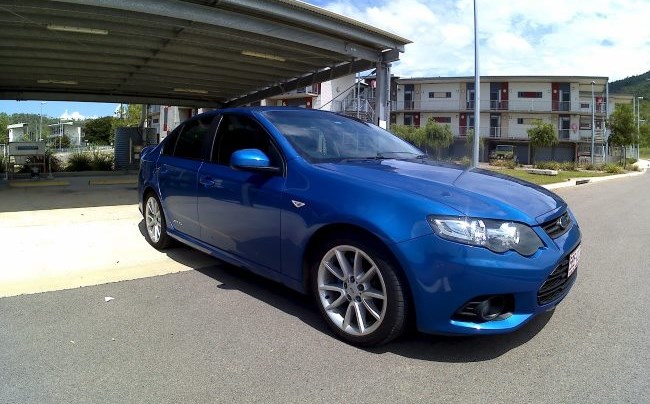Do I need to pay an excess for a not at fault accident
- Written by Digital 360

If you’re not at fault for causing a car accident, there are a number of factors that affect whether or not you need to pay an excess. Depending on a number of
circumstances around your policy, your insurer will determine if you need to pay an excess once fault has been determined.
What is an excess?
An excess is the amount of money you pay when you make an insurance claim. In most circumstances, your insurer will pay the remaining cost of the repairs.
For example, if you’re involved in a collision and repairs will cost $10,000, and your excess is $1000, you will need to pay just $1000. Your insurer will likely pay the rest, depending on number of factors.
How fault is determined after a car accident
When neither driver has admitted fault for an accident, and even when they have,
insurers rely on objective evidence to determine fault. This evidence includes and is not limited to:
-
Independent witness accounts
-
Photos
-
Dashcam footage
-
Physical proof
-
Police reports
-
Circumstances according to road rules
In some common accident circumstances, there is usually a default for who is at fault. For example, in a rear-end collision, the person behind you is almost always at fault. This is because even if you braked quickly, wen correct spacing and distance is observed, the person behind you should be able to stop in time. Despite this
thinking, even this rule does not always apply. Insurers will use the tools an evidence listed above to determine fault even in common circumstances.
Paying excess when an accident is not your fault
While it may seem unfair to pay your excess when an accident isn’t your fault, many insurers have a blanket policy that excess must be paid whenever a claim is made. This is not a steadfast rule though, and you will find relevant details about your
particular excess payment in the fine print within your insurance policy. If in doubt, contact your insurer as each policy within a company is different.
In general, you will likely need to pay your excess even when you’re not at fault when:
-
There is a dispute about who is at fault, or both you and the other driver are found to be at fault.
-
The other driver has no insurance and can’t pay for the damage to your vehicle.
-
You weren’t able to record the details of the at-fault driver
- The insurance companies decide you are partially at fault for the accident.
Circumstances when you may not need to pay an excess
In some cases, you may not need to pay an excess. These circumstances usually revolve around your insurer and details of the accident.
-
If your insurer agrees you’re not at fault in any way
-
You can provide details of the person who was at fault, and
-
Your insurer confirms they can revery money from the at-fault party
you may not have to pay the excess. In some situations, an insurer may say you don’t need to pay the excess even when all three of the circumstances above aren’t met.
What to do to help minimize your chances of paying an excess after a not-at-fault accident
-
Always try to stay calm after an accident to avoid apologizing or admitting guilt. This can be used as evidence of your liability, even if the accident was not your fault.
-
Always get the name, address, insurance and registration details from the other driver. Try to get as many details as possible.
-
If there are witnesses nearby, ask them to make a statement about what they saw and record it.
-
Take photos of the damage at the scene.
After fault is determined and your insurance company decides if you need to pay the excess, seeing a high quality collision repair specialist is recommended. Rather than trying to fix things yourself, or wasting time scouring the internet, choose a reputable, reliable brand. They will ensure your repairs are not only high quality, but they will help get you back on the road sooner.

